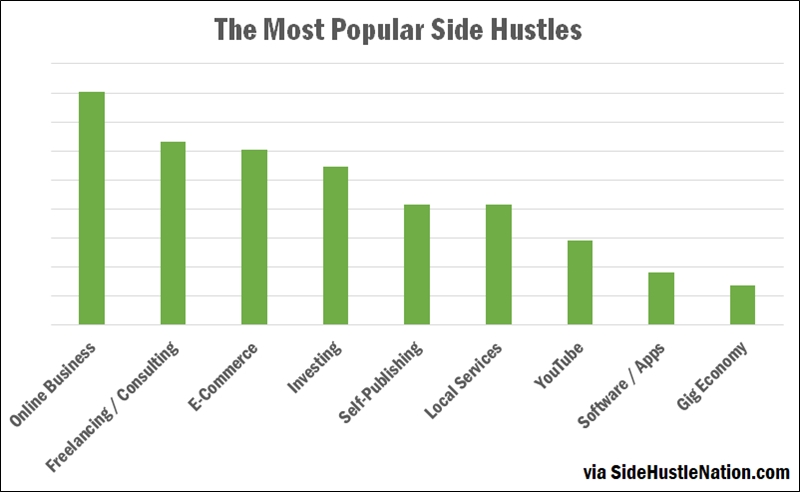In recent years, there has been a significant rise in the popularity of side hustles as more individuals seek to diversify their sources of income and explore their entrepreneurial spirit. According to a study by Upwork and Freelancers Union, nearly 57 million Americans participated in the gig economy starting from 2019. In this blog post, we will delve into the impact of side hustles on traditional employment, examining both their benefits and potential threats.
The Benefits of Side Hustles
Side hustles offer a range of advantages to individuals looking to supplement their primary employment or explore new opportunities. Flexibility is one such benefit, as it allows individuals to pursue their personal passions and interests alongside their main job. This added freedom can foster a sense of fulfillment and creativity, potentially increasing job satisfaction in their primary employment. Additionally, side hustles provide a valuable source of supplemental income, helping individuals achieve financial stability and meet their financial goals.
Moreover, engaging in a side hustle often leads to skill development and professional growth. Many side jobs allow individuals to acquire new skills, expand their knowledge, and develop their entrepreneurial mindset. These skills gained through side hustles can have a positive impact on their primary employment, making them more valuable and marketable in the current job market.

The Potential Threats to Employment
While side hustles offer numerous benefits, they also present potential threats to traditional employment. One concern is the increased competition for job opportunities, as more individuals turn to side gigs to supplement their income. This can result in a shrinking job pool, particularly for entry-level positions or roles in industries heavily affected by the gig economy.
Another potential threat is the impact on work-life balance. Engaging in a side hustle in addition to a full-time job can lead to burnout and increased stress if not managed effectively. Balancing work commitments and personal pursuits requires careful planning and time management.
Moreover, the rise of side jobs can contribute to inequality and lack of job security. Those without the means or opportunities to pursue side hustles may find themselves at a disadvantage, further perpetuating income disparities. Additionally, relying on gig work or short-term projects may lead to instability and insecurity in terms of consistent income and benefits.
Finding a Balance
To mitigate the potential threats associated with side hustles, it is crucial to find a balance that harmonizes traditional employment and entrepreneurial pursuits. Policymakers can play a role in supporting and regulating the gig economy, ensuring fair working conditions and protections for individuals engaging in side jobs. Employers can also explore flexible work arrangements, allowing employees to pursue side hustles while maintaining their commitment to their primary job.
Lastly, promoting financial literacy and planning is essential to help individuals navigate the challenges and uncertainties of side hustles. Educating workers on financial strategies, budgeting, and risk management can empower them to make informed decisions and achieve financial stability.
The rise of side hustles presents both benefits and potential threats to traditional employment. Finding a balanced approach to work in the modern economy is crucial as individuals continue to explore new ways to generate income and pursue their passions. By recognizing the advantages and addressing the potential pitfalls, we can navigate the changing landscape of work and develop strategies that promote fair opportunities and sustainable employment.